Common Leather Types & Grades
You’ve probably heard of different types of leathers: genuine, full-grain, top grain, or bonded. Do you know the difference among these different leather types? Our Chief Craftsman, Tanner Leatherstein, is excited to share with you the common terminologies used by the leather industry. In this video, we’ll answer the following questions:
- What’s the difference among the four leather types and grades?
- Which among these leathers are the most durable?
- Which among these leathers should you avoid buying, if possible?
Let us know about your thoughts and questions. You can comment them down below or directly on the YouTube video. We’ll see you again next time. A quick reminder to be authentic, be leather-savvy!
TRANSCRIPTION / WRITTEN ARTICLE
Hi, everyone! This is Tanner with another practical tip on your way to becoming leather-savvy. Today, we would like to talk about the commonly-referred leather types and the confusing language of the leather industry. I’m sure you’ve heard about three or four very commonly-referred leather grades in the leather industry or maybe read about it in your online research. You might be familiar with full-grain, top grain, genuine, and bonded leathers. So, today we can discuss a little bit about each, what they mean, and how good they are.
We’ll start with full-grain leather. As you can understand from the name which is the least confusing part, it is completely full of intact leather. Its grain, which is the most durable part of the skin, is on the leather and is intact. In various and small cases, it may be slightly buffed just to give some distractive effect but it’s still intact and holds the whole thing together. This is the most expensive and most durable type of leather and it usually is the cleanest hide that your money can buy. They look the best, they make a statement, and they’re minimally finished because they are naturally beautiful. Each piece of leather goods is unique when you craft them out of full-grain leather.
Next, we have the top grain leather. As I’ve said earlier, it gets confusing as we go down the line. Top grain is where we take the leather in the tannery but we can’t make a minimum finish transparent layer to issue a good look out of this selection of leather. We have to correct it which means we’re going to need to buff down the imperfections and create a fine base to somewhat apply makeup coverage on it using some pigments, colors, and plastics. Again, it is a full thickness leather. Just that the grain was sanded down significantly. It is durable and it’s the second best thing you can get. It’s also the most common type of leather in the market today because it’s the most commonly available kind. It just doesn’t have that authentic natural look. It’s more of a standardized and polished leather look that you’re familiar with in the market and it’s the second grade after full-grain.
Now, the third one, which is more misleading than confusing, is genuine leather. As you would expect when you say that something is genuine, it’s good, or it’s the best of something but this is quite the opposite here. Genuine leather is where tanneries split down the full thickness hide in the middle of the process and there is a dropping which we call a “split.” Those splits don’t have a grain anymore. The upper part, which was the top grain or full-grain we talked about in the earlier pieces, is used in more premium products and then the dropping of that split can be covered with a very thick plastic layer to make it look like an original grain again but it’s completely artificial. It is fixed onto the split meat section of that lower grade level and it is used as genuine leather. The only thing leather about it is the split of the leather. There is no real grain on it and the grain on it is all man-made, plastic, and artificial. Recently, they’re getting really good at making it look more and more like real leather but it is not. And when you read genuine leather on it, you might think it’s a good thing but it’s not.
Number four, on the bottom of the list, is bonded leather. This is also confusing and misleading because it is made of leather dust. All the droppings and garbage are smashed and glued together to make it look like leather but you don’t connect to it. As soon as you see and touch it, you’ll feel something wrong with it. It is just a lot of glue and leather dust together. It may work for some cheaper, on a budget, and functional solutions you were looking for but it is not something that we buy with the intention of using leather goods.
Everything else below the list such as PU leather, vegan leather, and fur leather is basically the other things that are not even leather. They are merely alternatives to leather. They may have leather in their name but we don’t consider them leather and that’s why we won’t talk about it.
To summarize it all:
- Full-grain leather is the best leather your money can buy. It’s authentic, unique, and minimally finished and it gets better as you use it.
- Top grain leather is still a very good type of leather. It’s the most commonly available leather in the market today. It’s more polished and standardized but it is still intact and is a full thickness leather.
- Genuine leather is the most misleading label in the industry so be careful about that. The only thing leather about it is it's based on a split leather and its completely man-made grain-looking surface.
- Bonded leather is basically leather dust glued together. It is not technically leather since it’s made of leather dust. It’s the lowest grade of leather and we don’t recommend that.
Hopefully, this was helpful to navigate the leather space next time you’re looking at those labels.




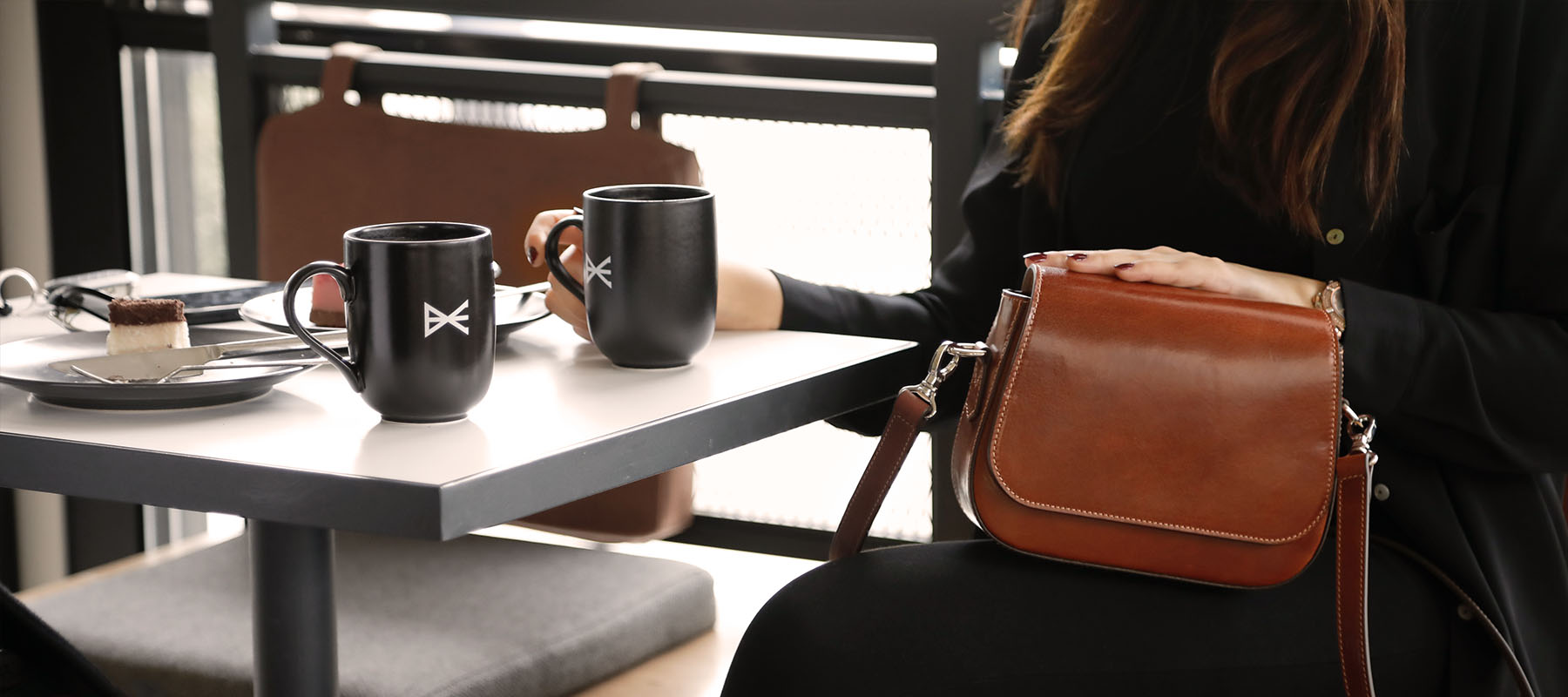
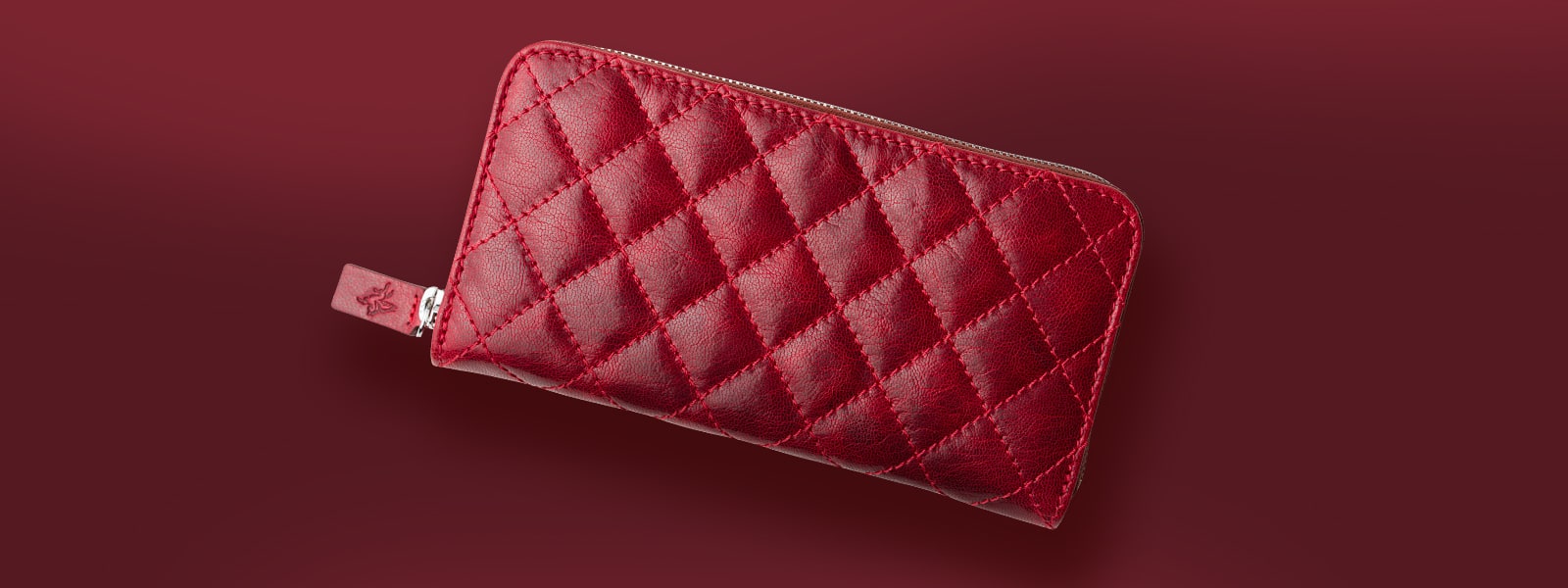
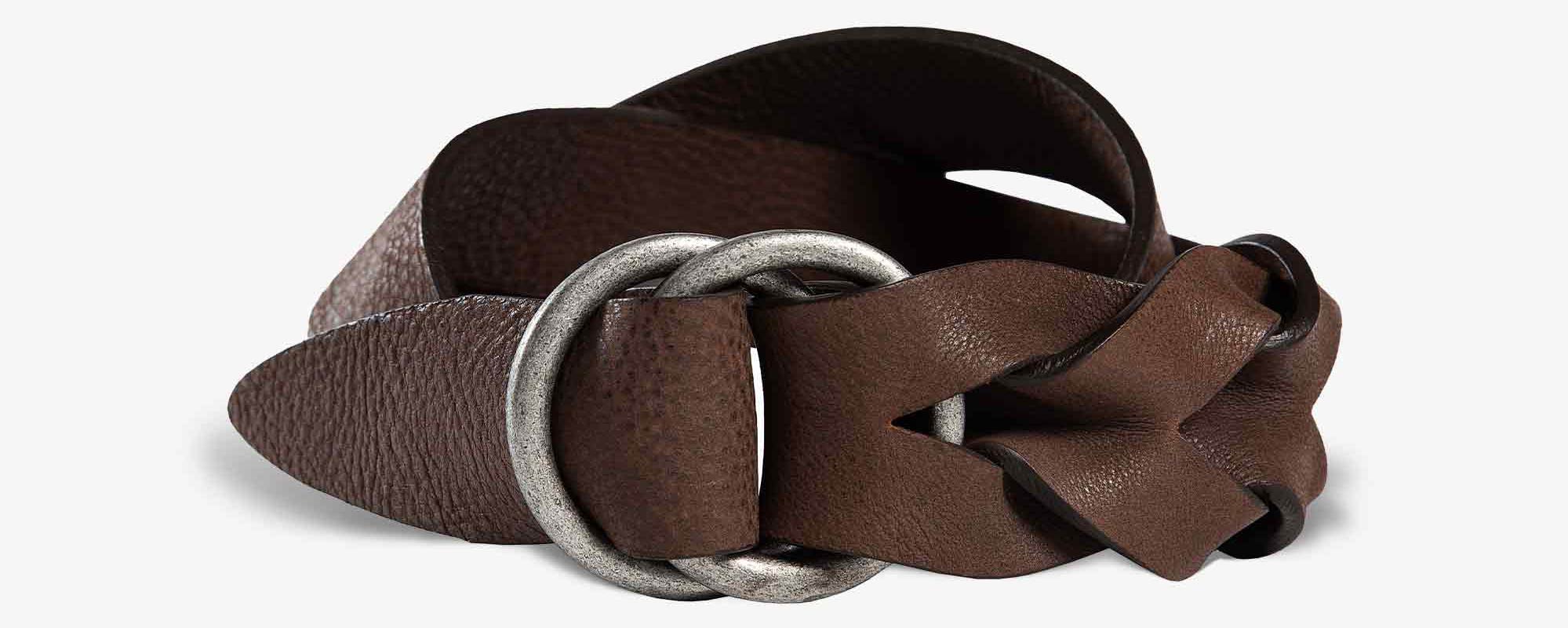
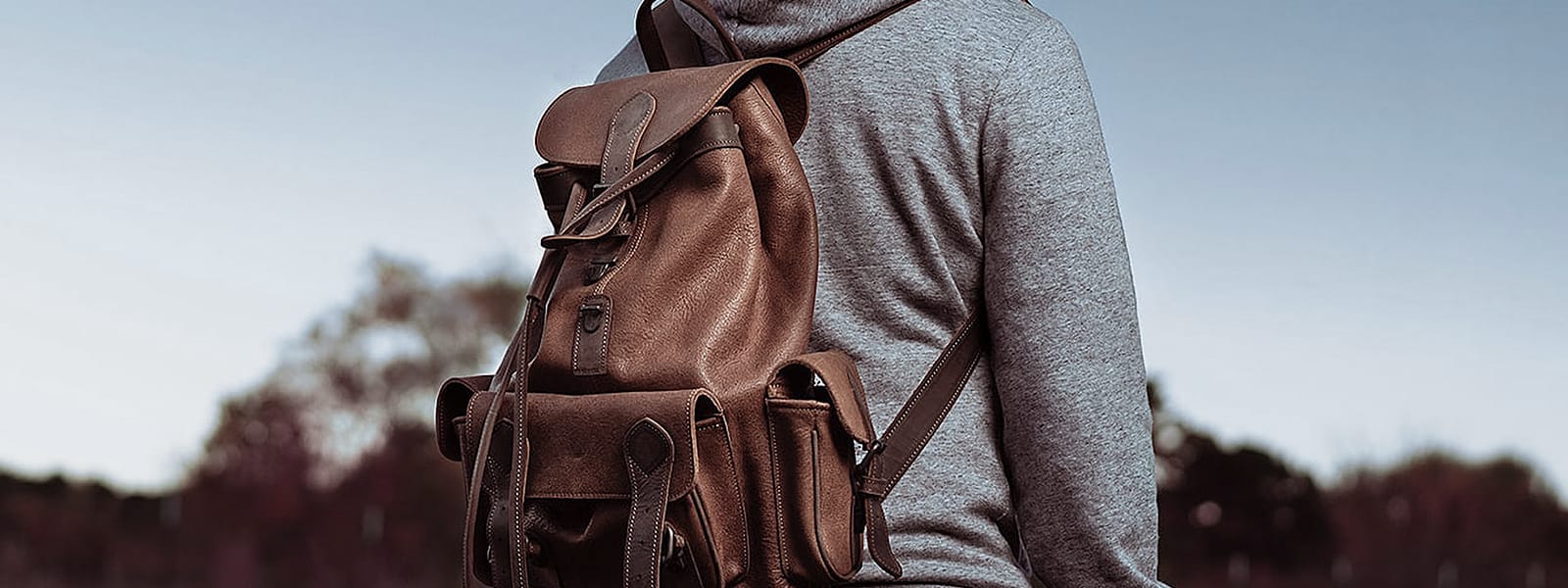
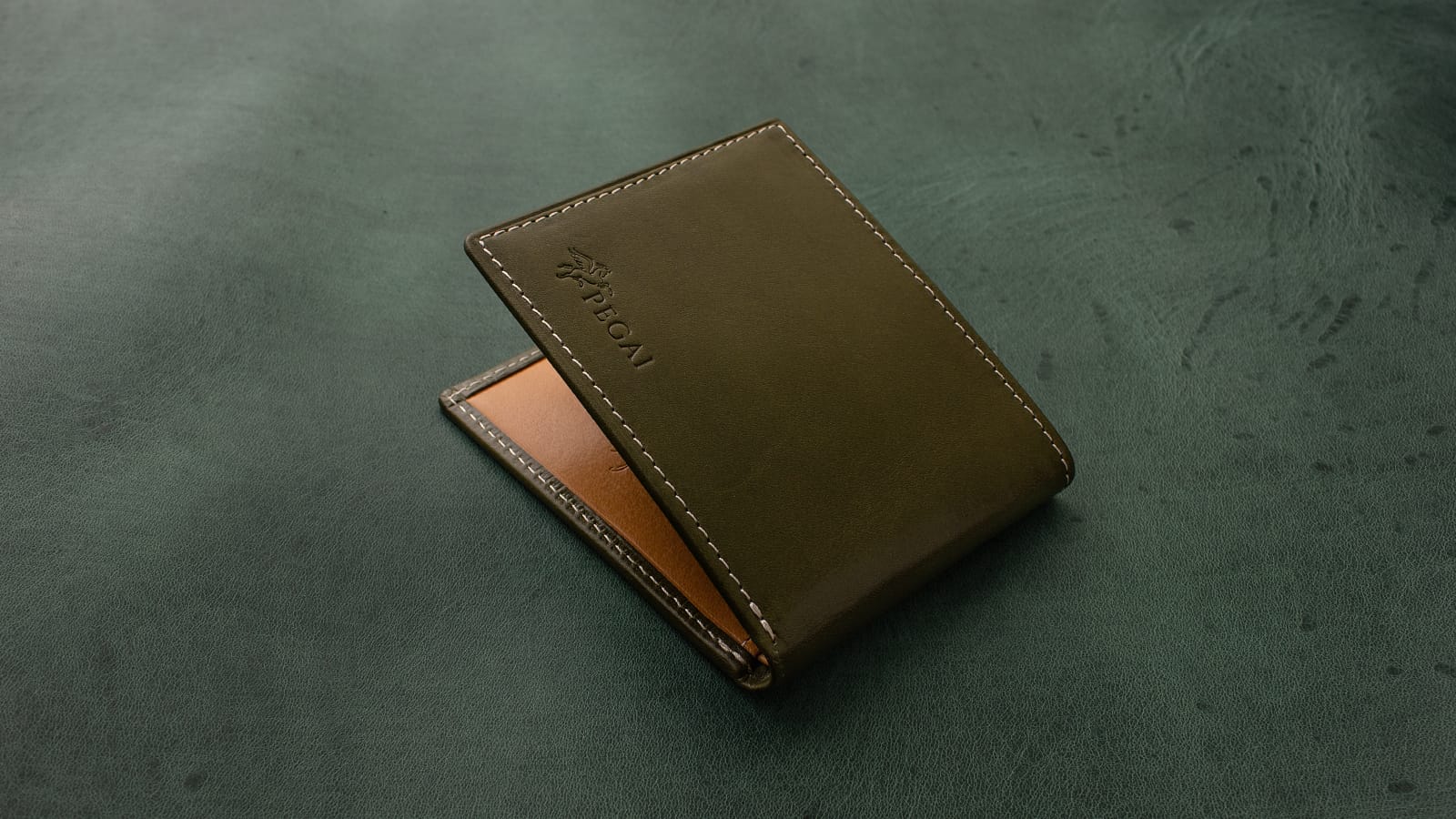
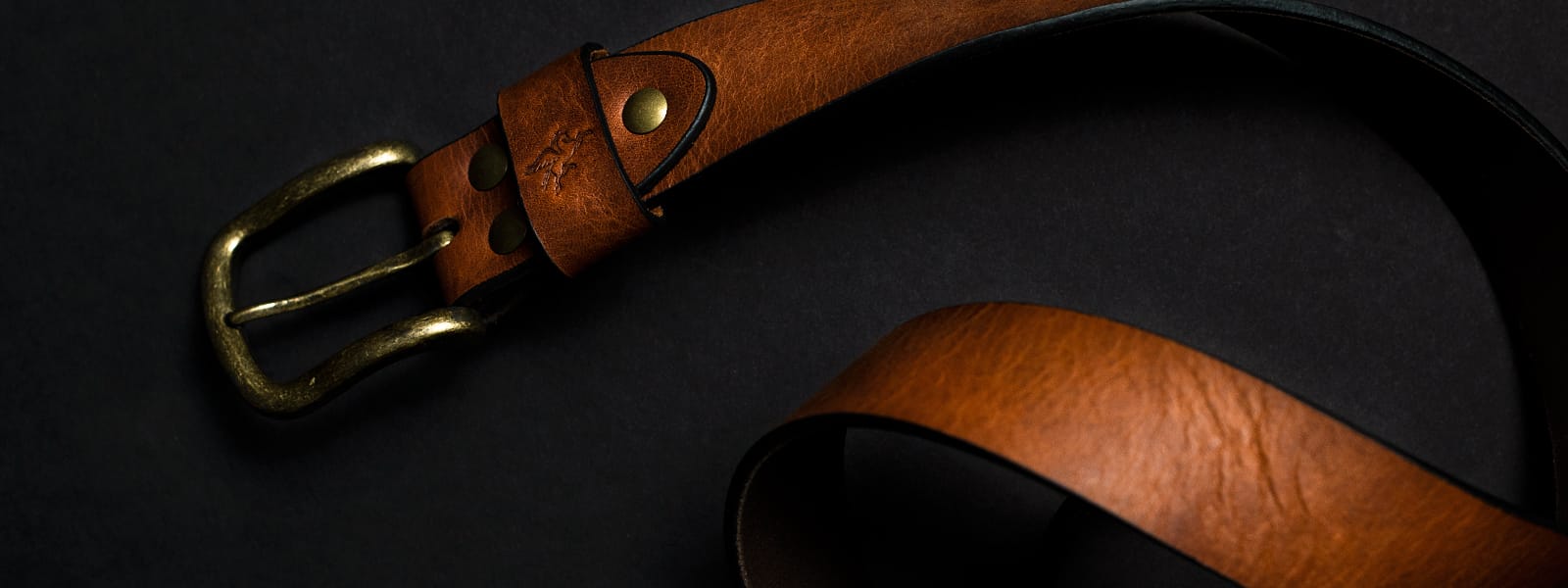

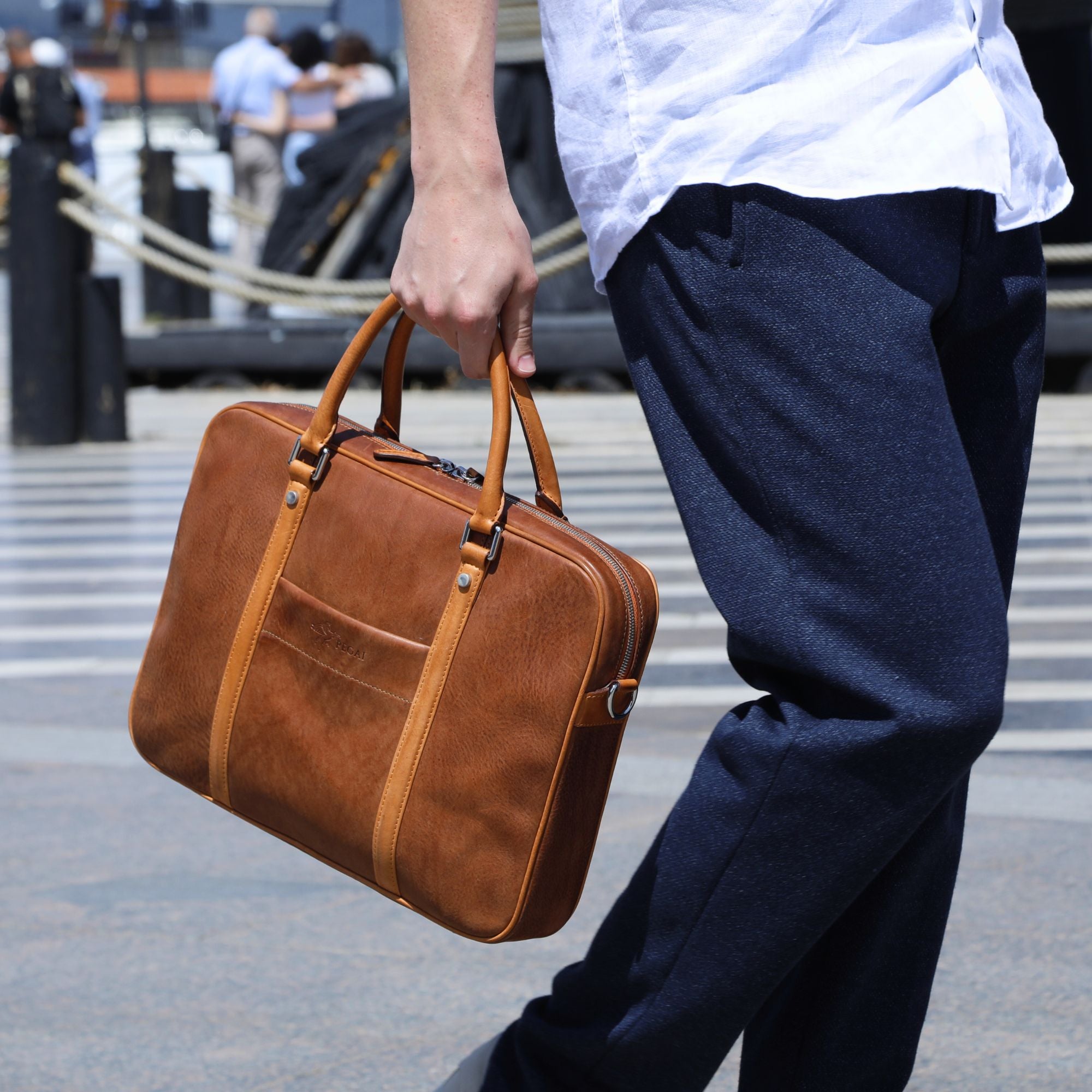
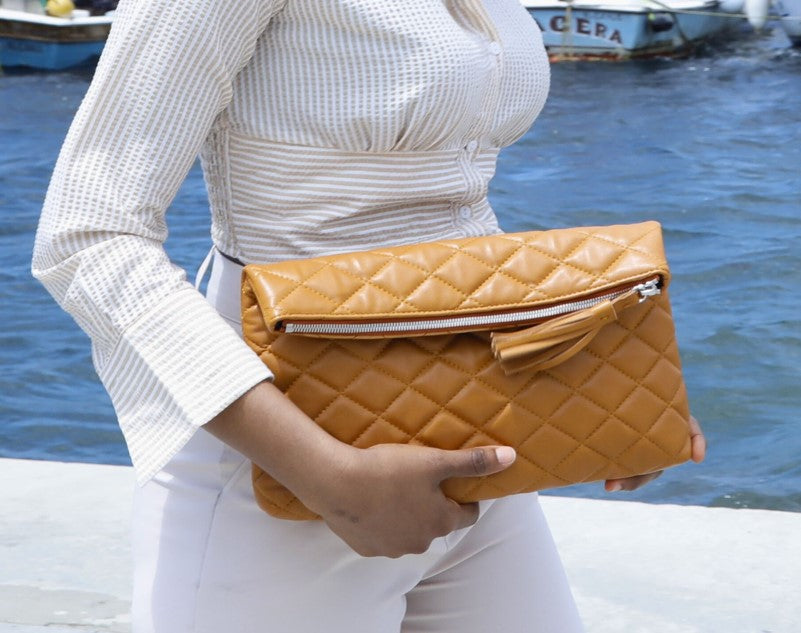
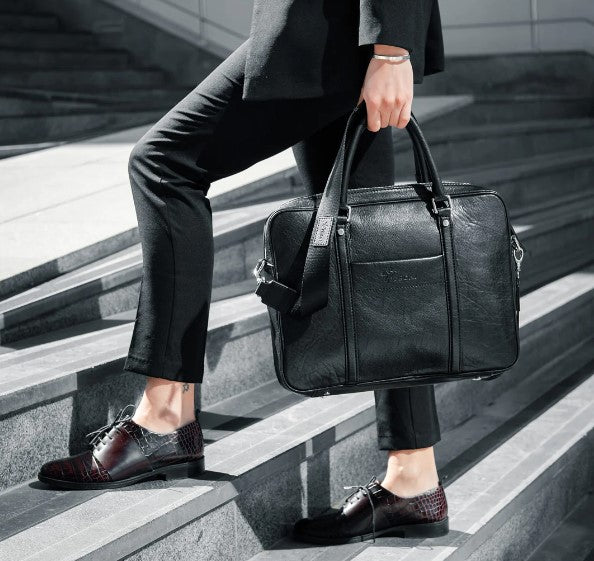
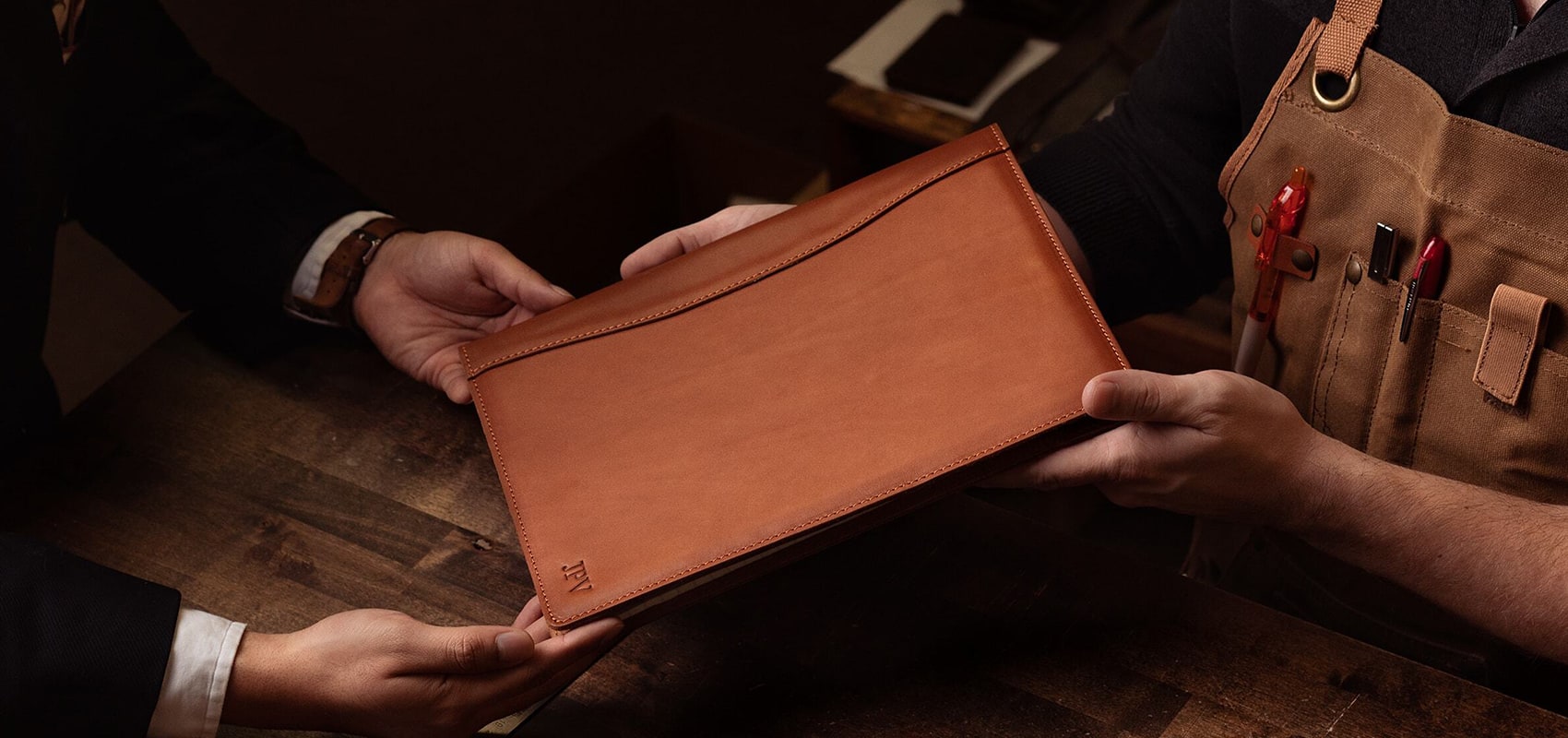
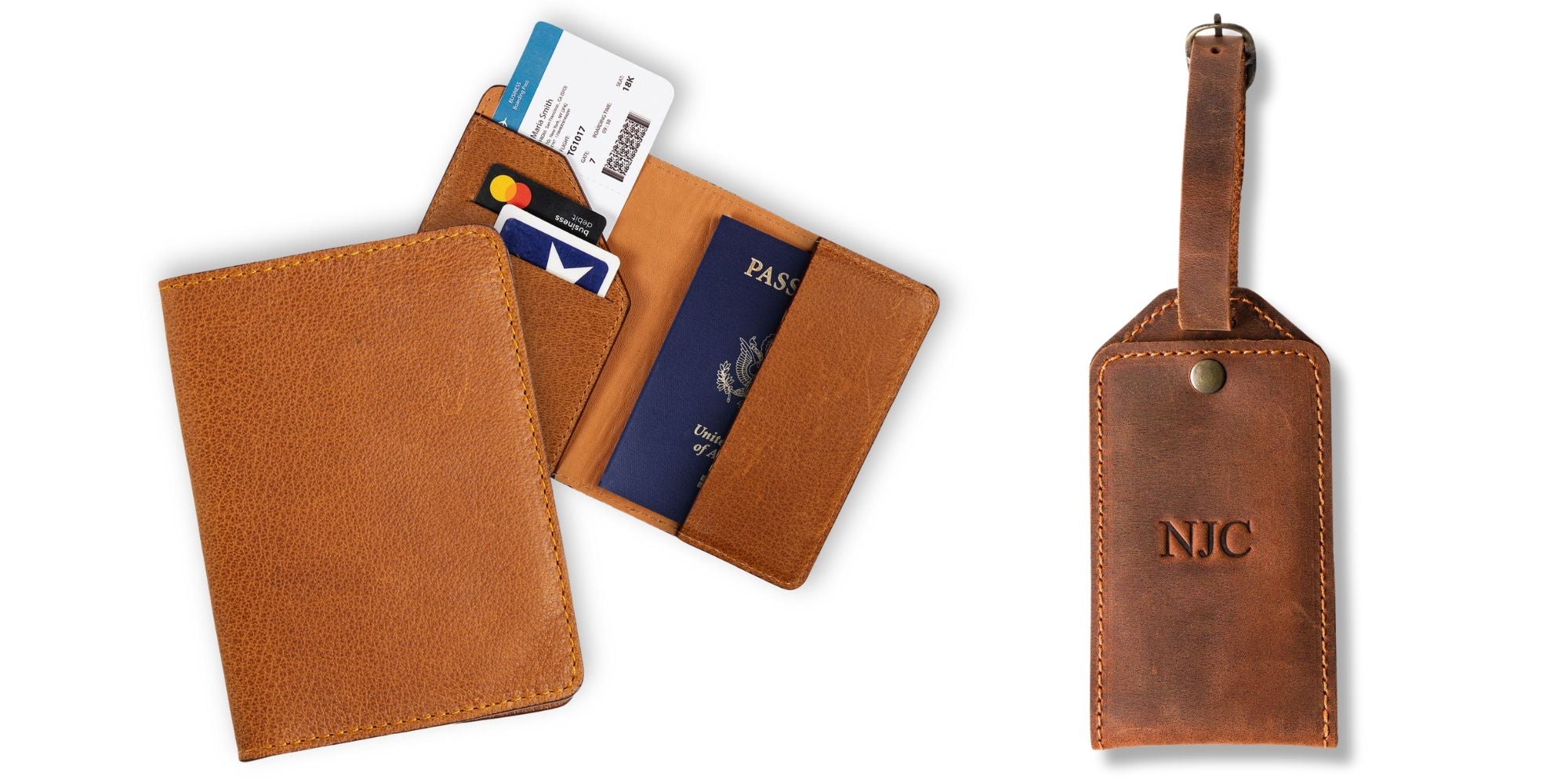
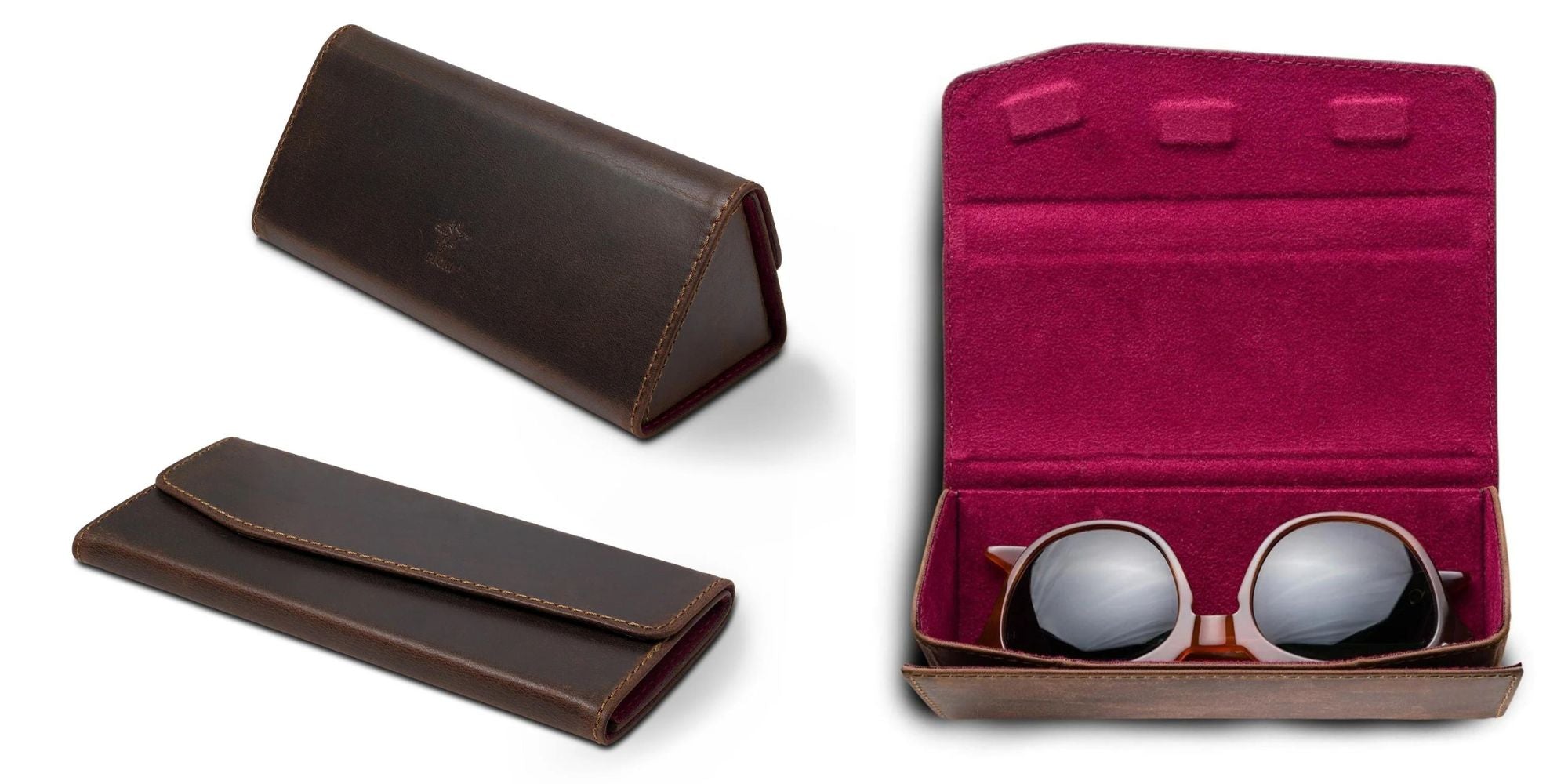
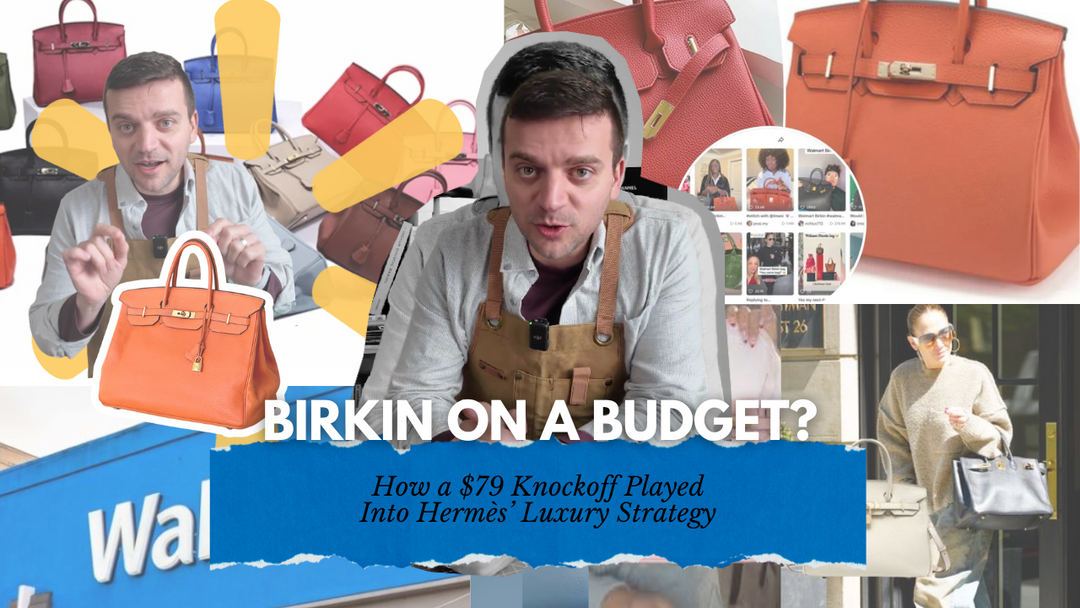
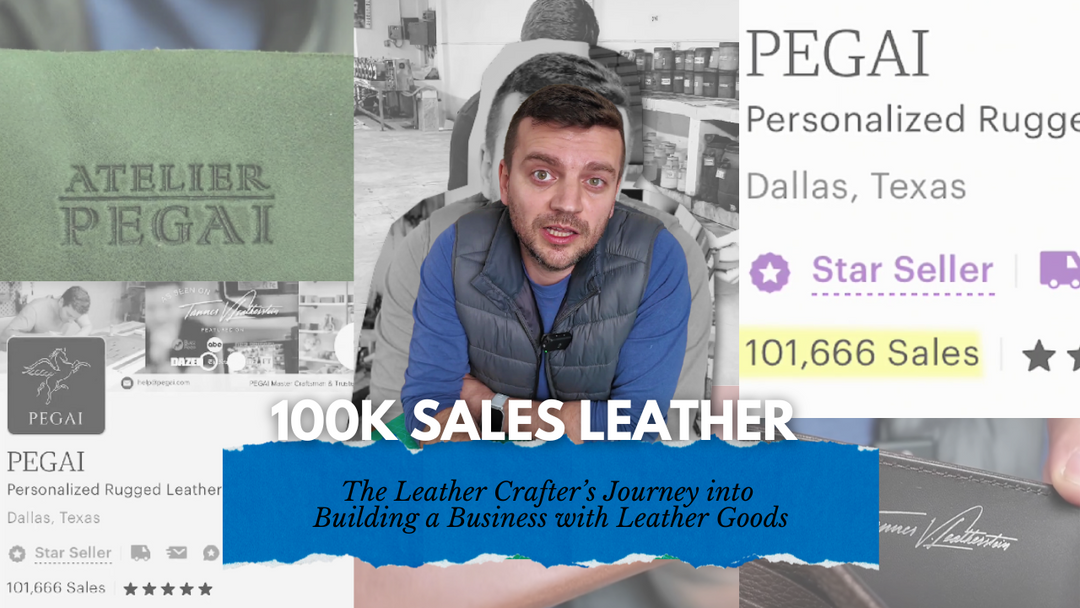
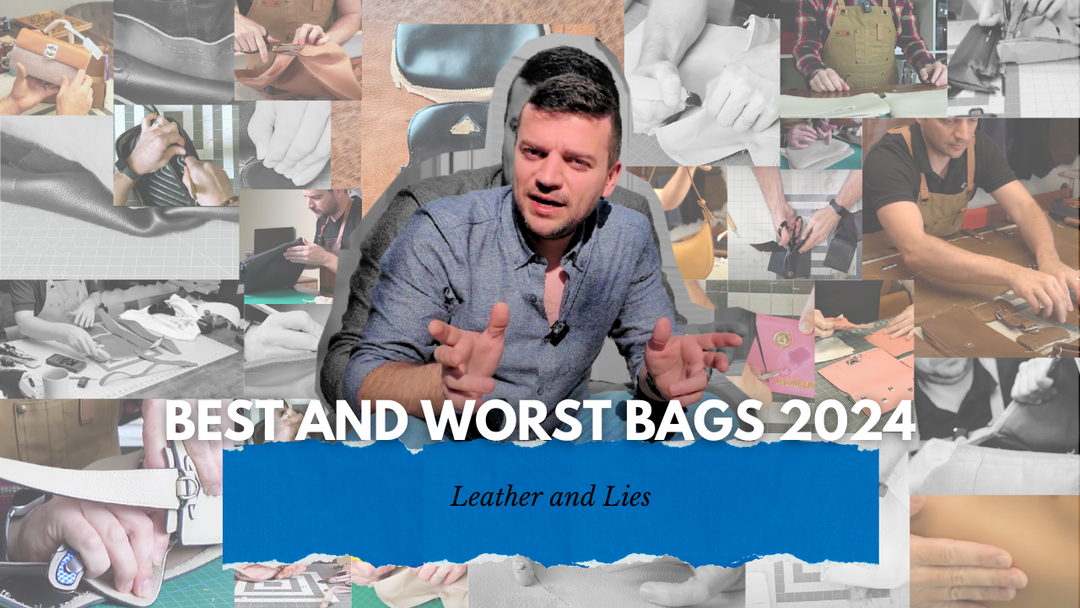
Leave a comment